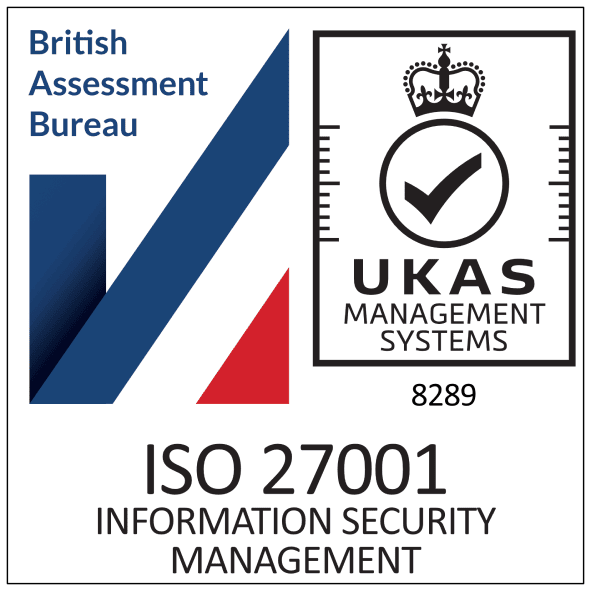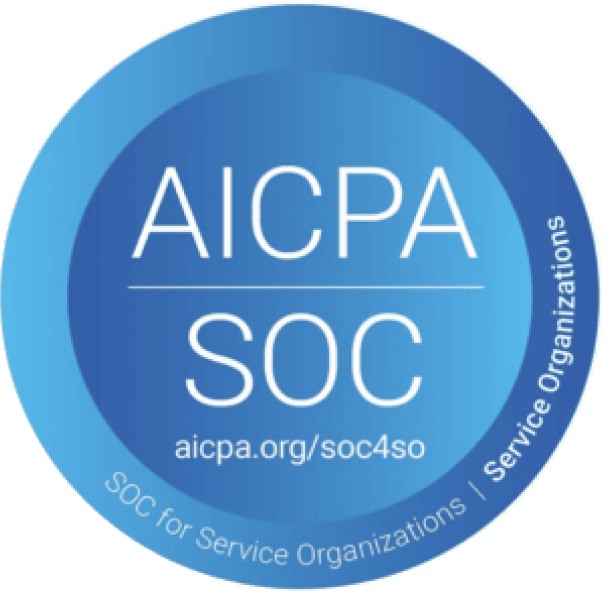When it comes to reaching one’s sales goals, having the appropriate sales KPIs in place is quite necessary. The use of key performance indicators for sales, also known as KPIs, is an essential tool that helps measure and enhance the performance of sales teams. In this article, we will discuss the concept of key performance indicators (KPIs) for sales and their impact on the factors that contribute to successful sales. You can accelerate your sales performance and produce extraordinary outcomes by concentrating on the ten most important key performance indicators (KPIs).
What Exactly Are the Sales KPIs?
Key performance indicators, or KPIs, for sales, are particular measures that are used to evaluate the performance of a sales team and track progress toward the achievement of sales targets. These key performance indicators, in contrast to other generic measures, offer information that can be put into action regarding the efficiency of sales techniques and assist in locating areas in which improvements may be made. Organizations are able to make decisions that are backed by facts and optimize their sales processes when they measure the appropriate key performance indicators (KPIs) for sales.
10 Key Performance Indicators That Are Essential for Sales Management
Tracking the total revenue from sales is a vital performance indicator that can provide you a comprehensive picture of how your business is doing in terms of sales. You will be able to evaluate how the sales methods you’ve implemented have contributed to the overall financial success of the firm if you keep an eye on this key performance indicator.
Reaching Sales Targets
It is crucial, when reviewing the success of the sales team, to measure how close they are to reaching their sales targets. This key performance indicator (sales KPIs) serves as a motivation for greater performance and helps determine whether the team is reaching or exceeding the sales targets that have been allocated to them.
Participation Rate
Evaluating the engagement and involvement of the sales team through the use of this KPI can assist in identifying members of the team who are actively contributing to the success of the sales endeavour. Organizations can improve their overall sales success if they promote active participation among their members.
Deals Closed
One of the most important key performance indicators (KPIs) for determining how to improve sales efforts is keeping track of the number of deals that are successfully completed. You will be able to evaluate how well the sales force is able to convert leads into paying clients if you keep an eye on this measure.
Deal Win Rate
The calculation of the percentage of won deals as a proportion of total opportunities offers valuable information into the effectiveness with which the sales force is able to close deals. This key performance indicator (KPI) assists in determining areas of opportunity for the team to improve their lead qualification and conversion procedures.
Annual Contract Value (ACV)
Evaluating the quality of sales transactions and their profitability by determining the average value of annual contracts closed is referred to as calculating the ACV. Businesses can improve their sales income and profitability by concentrating on growing their average customer value (ACV).
Forecasted Sales Volume
Conducting an analysis of the predicted sales volume for a specific time period enables businesses to more efficiently prepare for and distribute their available resources. Monitoring this key performance indicator (KPI) helps ensure that the organization’s sales goals are appropriately aligned with its overall business objectives.
Accuracy of the Sales Forecast
In order to effectively manage sales, it is essential to conduct an accurate analysis of the sales forecast. Predicting the correct sales metrics to track and then keeping the numbers in check to ensure continuous improvement, is a great way to grow. The forecasting procedures of organizations can be improved and their predictions can become more accurate if they compare the actual sales to the sales that were predicted.
Length of the Sales Cycle
Determining where bottlenecks and inefficiencies lie in the sales process can be made easier by measuring the length of the sales cycle. It is possible for businesses to boost their sales velocity and close agreements in a shorter amount of time if they shorten the length of the sales cycle.
Customer Lifetime Value
The value of a client over the course of their whole relationship is referred to as the customer’s lifetime value, and it enables businesses to better prioritize their tactics for acquiring and retaining customers. Organizations are able to optimize income and cultivate long-term connections with customers if they place a focus on enhancing the lifetime value of customers.
Now that you have identified your KPIs, the next most probable step to take is, monitoring these KPIs in order to extract maximum value from your sales team. By implementing effective tracking methods and utilizing these KPIs strategically, sales teams can optimize their performance and drive outstanding sales results in the coming year
How to Put in Place and Monitor Key Sales Indicators
Determine exactly what it is that you hope to accomplish with the help of your sales efforts. Select related KPIs: Pick key performance indicators (KPIs) that fit in with your overall sales objectives and can give you valuable insights into how your team is doing. In order to successfully track progress and encourage your sales staff, you should first establish clear goals for each KPI.
Use a customer relationship management (CRM) program or a sales analytics tool to track and monitor the KPIs you’ve selected. It is important to regularly review performance in order to discover areas in which there is room for development and to alter sales strategy accordingly.
Take into account the competencies and resources of the team. Establish goals for your team that are doable and believable in light of the competencies it possesses and the resources it has at its disposal. In order to foster continuous improvement, you should routinely assess your key performance indicators (KPIs) and make modifications as necessary.
Lodago’s dashboard gives you access to all the key performance indicators you need to improve your sales strategy. Get an overview of your team’s performance, track meeting results, meeting duration, deal success rates and more. You can dive deep into critical sales metrics, enabling you to make data-driven decisions.
Conclusion
You may improve the success of your sales efforts and produce exceptional results by putting into action and keeping track of the ten key performance indicators that are covered in this blog post. Your sales methods can be improved by tracking measures like total revenue, quota attainment, deal win rate, and customer lifetime value. These metrics will provide useful insights into the success of your sales staff and will help you optimize your sales strategy. Keep in mind that the focus on the appropriate key performance indicators (KPIs) is the key to unlocking the actual potential of your sales force and creating remarkable success in sales.










